What are DNA Regions on Ancestry?
In this article we are going to take a closer look at what exactly is meant by DNA ethnicity regions to determine what they are, how they are helpful and the best ways to make use of them for your research.
What Is an Ethnicity Estimate?
Ethnicity estimates which are sometimes known as ancestry composition reports are the most popular reason for consumer DNA testing. It is only one aspect of the test but for most people it is the main reason they buy.
It is a breakdown report that provides a reasonably accurate approximation of a person's most recent global ancestry. Using a complex algorithm and the results from millions of DNA tests around the world, sites like AncestryDNA create an estimate of where your ancestors were living several generations ago.
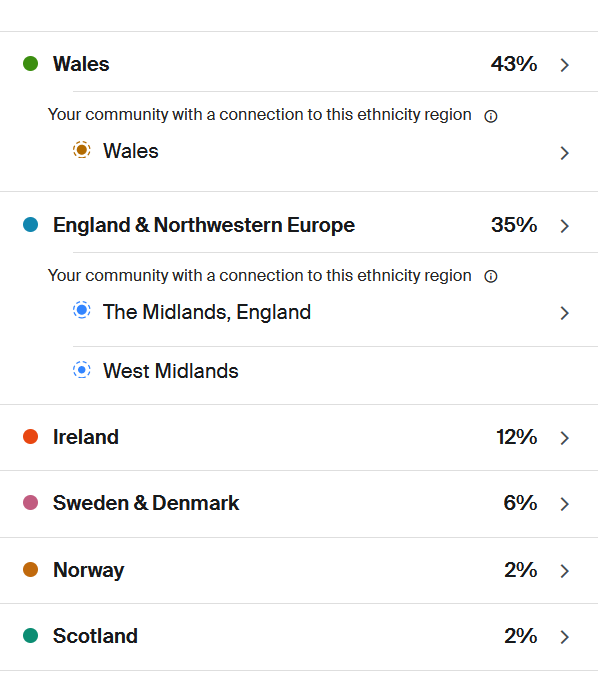
Sites like AncestryDNA map out your DNA and look for segments that are common to the population of specific regions. The more segments you have that match a certain area the higher the percentage chance that you had a recent ancestor from that area.
Why Is It Called an Estimate?
It is important to remember that sites like Ancestry refer to their tests as estimates or approximations. This is because our DNA is not inherited in a perfect way. There may be ancestors in our tree from regions that do not show up in our ethnicity estimate.
We may have been told that our great-great-great-great-grandfather was 100% Native American, but there are no signs of that in the estimate. The truth is that we may not have inherited any DNA from that ancestor but without them, we would not exist.
Therefore it is possible that some of our family history is not reflected in our DNA at all. This is of course not the fault of the test or the testing companies. They can only find what is there after all and if the DNA was not passed down it can’t be found.
With regards to the DNA that is present, how accurate is the estimate? Well, it is important to note that if you and a full sibling both test you can get different results. You share the same parents so you would think your ethnicity would match. In truth, however, your sibling may possess the Native American DNA that is not found in yours.
The random recombination of DNA means that the further we go back in the generations the more inaccurate the percentage will likely be. If one of your parents is 100% Italian then you would be at least 50% Italian. If one of your grandparents was 100% Italian you would assume you would be at least 25%. In fact, your percentages might be lower or higher.
How Is Our Ethnicity Inherited?
In order to understand how these tests work it is probably best to start off with just how our ethnicity is inherited. Well just like any aspect of our DNA the genes that hold the secret to where our ancestors came from are passed down through the generations.
We receive about 50% of our DNA from each of our parents who themselves got 50% from each of theirs. This means that in a perfect world we should have received 25% of our DNA from each of our four grandparents.
DNA recombination is not perfect, however, and it can be very random. Beyond the parent/child relationship DNA inheritance starts to waver. Below is a table that shows how much DNA we might receive from our ancestors if DNA inheritance was perfect.
So how does this relate to our ethnicity estimate? Well, among the DNA that we inherit there are segments that are commonly found in the populations of specific regions. The more segments we have in common with the populations of a region, the higher the likelihood that we have ancestors from that place.
As an example, if one of our great-great-great-grandparents was of African heritage we could potentially share 3.12% of their DNA, more or less. In that DNA could be segments that are commonly found in Africa.
What Are Ethnicity Regions?
Ancestry.com has spent a great deal of money conducting or supporting DNA research around the globe. A focus on peoples with a deep proven family history in a region has been key in developing what the company refers to as Ethnicity Estimates.
These people may have roots in their home country that date back hundreds if not thousands of years. In some regions the roots may date back tens of thousands of years; this is especially true of indigenous peoples still living in tribal communities.
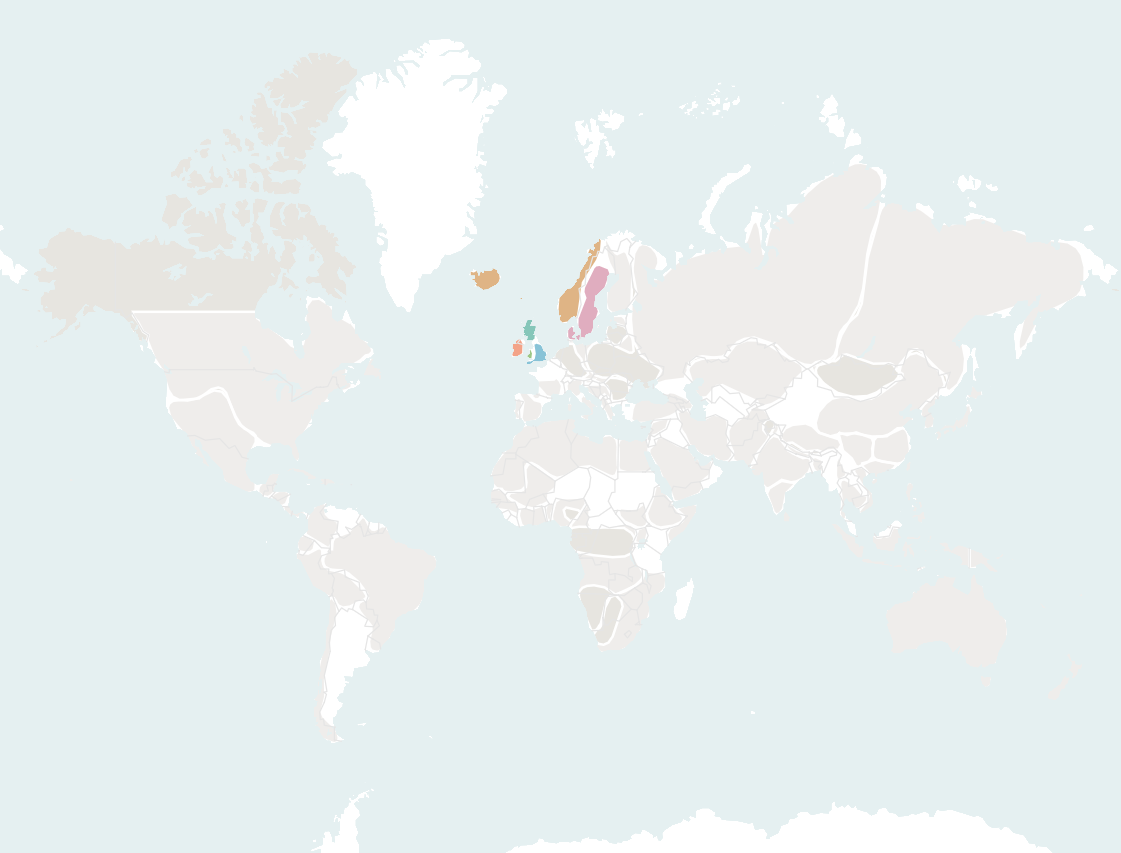
When Ancestry looks at our DNA results they look for common DNA which shows similarities from specific regions. Essentially certain global regions will present common DNA within its native population which may also be found in people living outside of that country.
The common DNA may be widespread in a region or it might be more unique to a smaller geographic area. This is why a country like Wales can have its own ethnicity region while a wider collection of nations such as the Balkans can show common DNA over a larger area.
Some ethnic regions are located in areas where the indigenous peoples may have been isolated for thousands of years. There are small islands in the South Pacific for instance which have their own regions.
What are DNA Genetic Communities?
There are a number of DNA regions but there are also numerous genetic communities which you will likely notice when reviewing your Ethnicity Report. What is the difference? The answer to this is very simple although both refer to regional populations that you may descend from, communities are far more localized and tend to refer to more recent habitation by your ancestors.
Taking for example my own results having been born in the UK my ethnicity DNA regions are as follows:
- Wales 43%
- England & Northwestern Europe 35%
- Ireland 12%
- Sweden & Denmark 6%
- Norway 2%
- Scotland 2%
When I review the available records for my ancestors this all makes sense as I have a Welsh grandfather with my other three grandparents having been born in English counties that border Wales. I have a small amount of Scottish included in my DNA which likely comes from a great grandfather who was born in the north of England not far from Scotland.
Once these ethnicity regions are established we now look at the communities with which I share a DNA connection. Again the results are accurate to my genealogical research as I show connections to both The Midlands and West Midlands England communities on Ancestry. Also unsurprisingly I have connections to several of the Wales subregions.
Communities as mentioned tend to be a more recent indication of where your ancestors come from. In the case of African Americans they may get a result of DNA from a specific African nation but they are also likely to get community connections. It is common for these community DNA connections to point to specific areas that African American ancestors may have lived during slavery in the United States.
It is also common for people of European descent to find community connections in the US which may point to the earliest place their immigrant ancestors settled upon arrival in the country. Often immigrants would gather in groups from the same regions and create settlements. This would lay a basis of common DNA with a small community intermarrying for several generations. Even generations later individuals whose family left generations earlier may have a genetic connection to the peoples who stayed in for example Kentucky or Maryland.
Africa
According to the paleontological record, it was the continent of Africa in which the first hominids developed. These early hominids were the first to walk in a bipedal motion and it is from them that eventually humans as we know them today evolved.
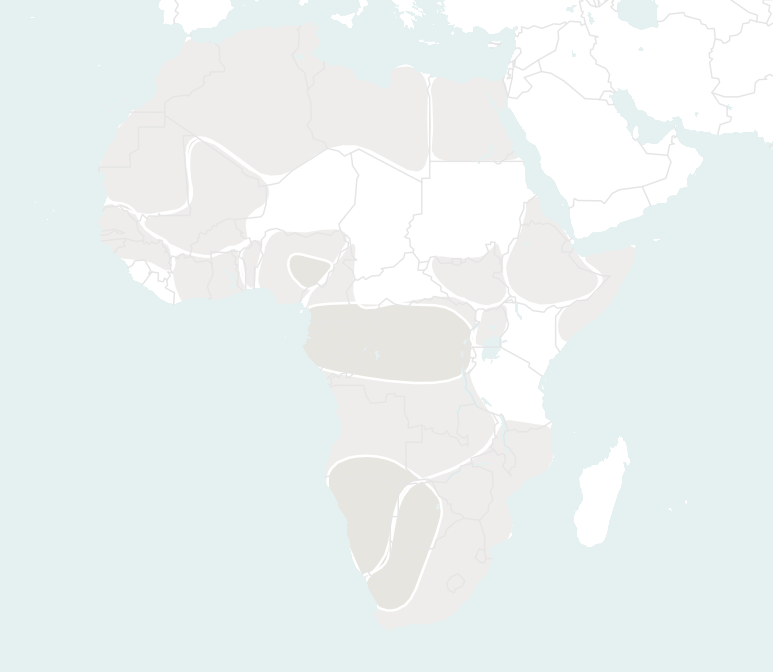
The fossil records suggest that homo sapiens were living in Africa between 260,000 to 350,000 years ago. Remains from South Africa, Morocco and Ethiopia seem to suggest that homo sapiens were already widespread throughout the continent during that time frame.
- Benin & Togo
- Cameroon, Congo & Western Bantu Peoples
- Eastern Bantu Peoples
- Egypt
- Ethiopia & Eritrea
- Ivory Coast & Ghana
- Khoisan, Aka & Mbuti Peoples
- Mali
- Nigeria
- Nigeria—East Central
- Nilotic Peoples
- Northern Africa
- Senegal
- Somalia
- Southern Bantu Peoples
- African American and African Caribbean communities
America
Although there is no exact date for when humans first arrived in the Americas there are several prevailing theories. The most common one of course being the land bridge theory. During the last ice age between 19,000 – 8700 BC, sea levels were 100 feet below the modern-day. This was due to vast quantities of water being frozen in glacier form.
During that last ice age, the Bering Sea as we know it today was actually a land bridge reaching all the way to Siberia. It is thought that around 14,000 years ago stone age hunters and gatherers followed game across this land bridge and became the first humans to settle within the Americas.
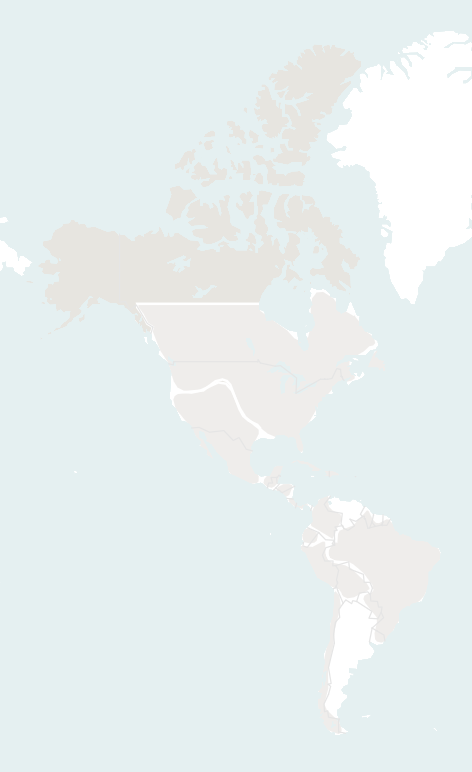
It is also believed that gradually these groups then headed deeper into the Americas, traveling south in small groups. Due to the ongoing effects of the ice age these groups remained small because conditions were not conducive with large settlements or nomadic tribes.
Today's Indigenous peoples likely descend from a now-vanished ancient group known as the Paleo-Siberians. In DNA testing Indigenous Americas DNA has little in common with modern-day Siberians but in 2019 a 10,000 year old skeleton found in Siberia did show notable similarities to modern-day Native peoples in the Americas.
- Indigenous Americas—Bolivia & Peru (6 subregions)
- Indigenous Americas—Central (5 subregions)
- Indigenous Americas—Chile (1 subregion)
- Indigenous Americas—Colombia & Venezuela (9 subregions)
- Indigenous Americas—Ecuador (4 subregions)
- Indigenous Americas—Mexico (87 subregions)
- Indigenous Americas—North
- Indigenous Americas—Panama & Costa Rica (2 subregions)
- Indigenous Americas—Yucatan Peninsula (4 subregions)
- Indigenous Arctic
- Indigenous Cuba
- Indigenous Eastern South America (1 subregion)
- Indigenous Haiti & Dominican Republic
- Indigenous Puerto Rico
Asia
It is suggested in human migration theory that around 75,000 years ago a group of East African humans, probably smaller than 1,000 individuals, crossed the Red sea Strait into what is now Yemen. This would begin the gradual migration of humans throughout Asia and further to the east.
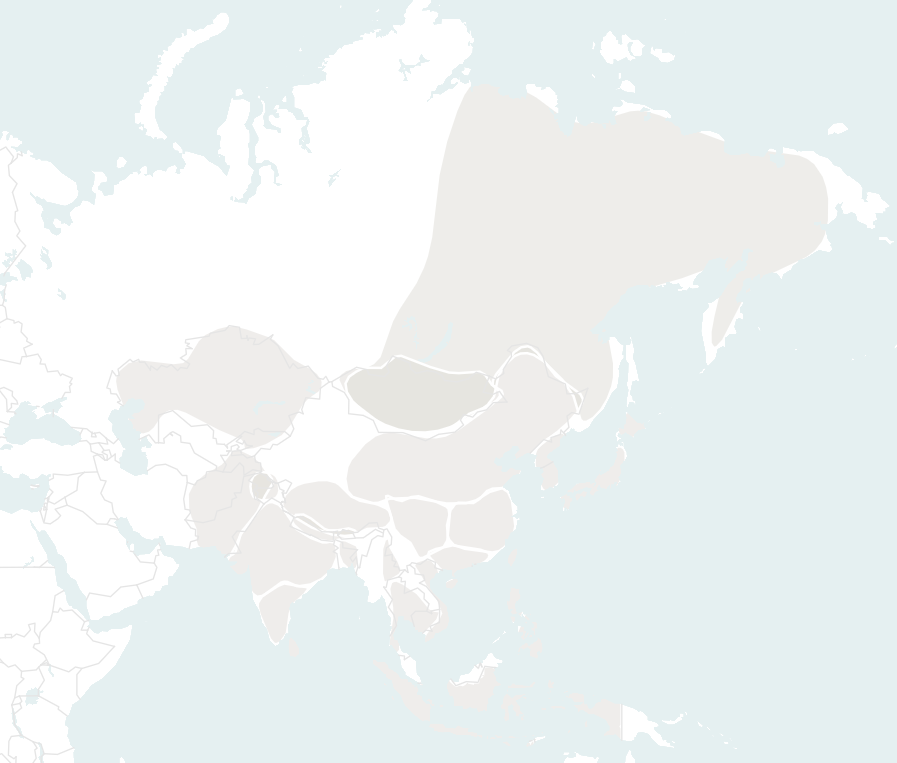
They may have been the first but they would undoubtedly have been followed by more and more waves in search of new lands. Hunter-gatherers would have sought lands with plentiful edible plant life and ample animal life to hunt.
- Bengal (1 subregion)
- Burusho
- Central & Eastern China
- Central Asia—South
- Dai
- Japan (3 subregions)
- Korea 1 subregion)
- Mongolia & Central Asia—North
- Nepal & the Himalayan Foothills
- Northern Asia
- Northern China
- Northern India (1 subregion)
- Northern Philippines (10 subregions)
- Southeast Asia (2 subregions)
- Southern China (5 subregions)
- Southern India (2 subregions)
- Southern Japanese Islands
- Southern Philippines (6 subregions)
- Southwestern China
- Tibetan Peoples
- Vietnam (3 subregions)
Europe
Neanderthals for a long period were the dominant hominids in the European region until the arrival of modern humans around 40,000 years ago. They did not come directly from Africa however as human populations that had reached Asia and the Middle East were not only expanding to the east but also westerly into ancient Europe.
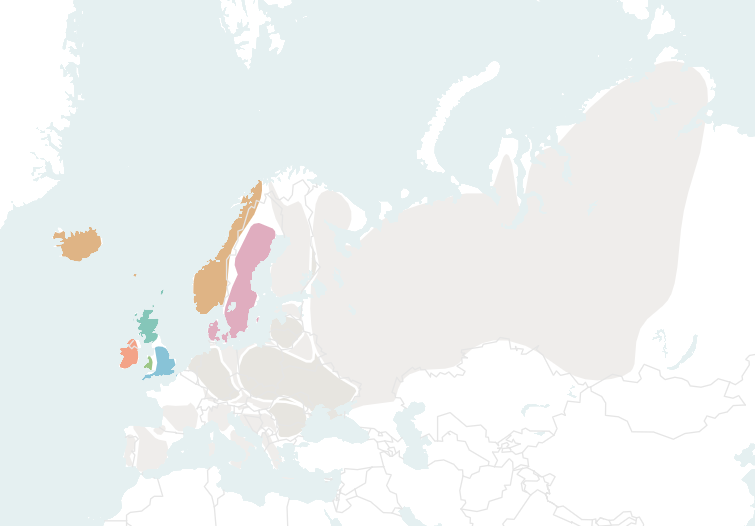
Conditions were harsher in terms of weather in Europe and periods of Ice Age would keep humans in more southerly climes. Expansion to the northeast however came along with hunting of animals not just for meat but also furs to make warm blankets and basic clothing.
- Aegean Islands (6 subregions)
- Baltics (6 subregions)
- Basque (2 subregions)
- Eastern Europe & Russia (107 subregions)
- England & Northwestern Europe (41 subregions)
- Finland (28 subregions)
- France (1 subregion)
- Germanic Europe (25 subregions)
- Greece & Albania (13 subregions)
- Ireland (205 subregions)
- Jewish (13 subregions)
- Malta
- Northern Italy (6 subregions)
- Norway (98 subregions)
- Portugal (25 subregions)
- Sardinia
- Scotland (17 subregions)
- Southern Italy (81 subregions)
- Spain (5 subregions)
- Sweden & Denmark (74 subregions)
- The Balkans (11 subregions)
- Wales (5 subregions)
- Iceland
- Central Switzerland
Oceania
The Oceania region would be part of the continued eastward migration out of Africa. Along the way populations would develop ranges and become more settled although still nomadic in a region. Over time groups would push further east eventually reaching the Oceania region around 65,000 – 50,000 years ago.
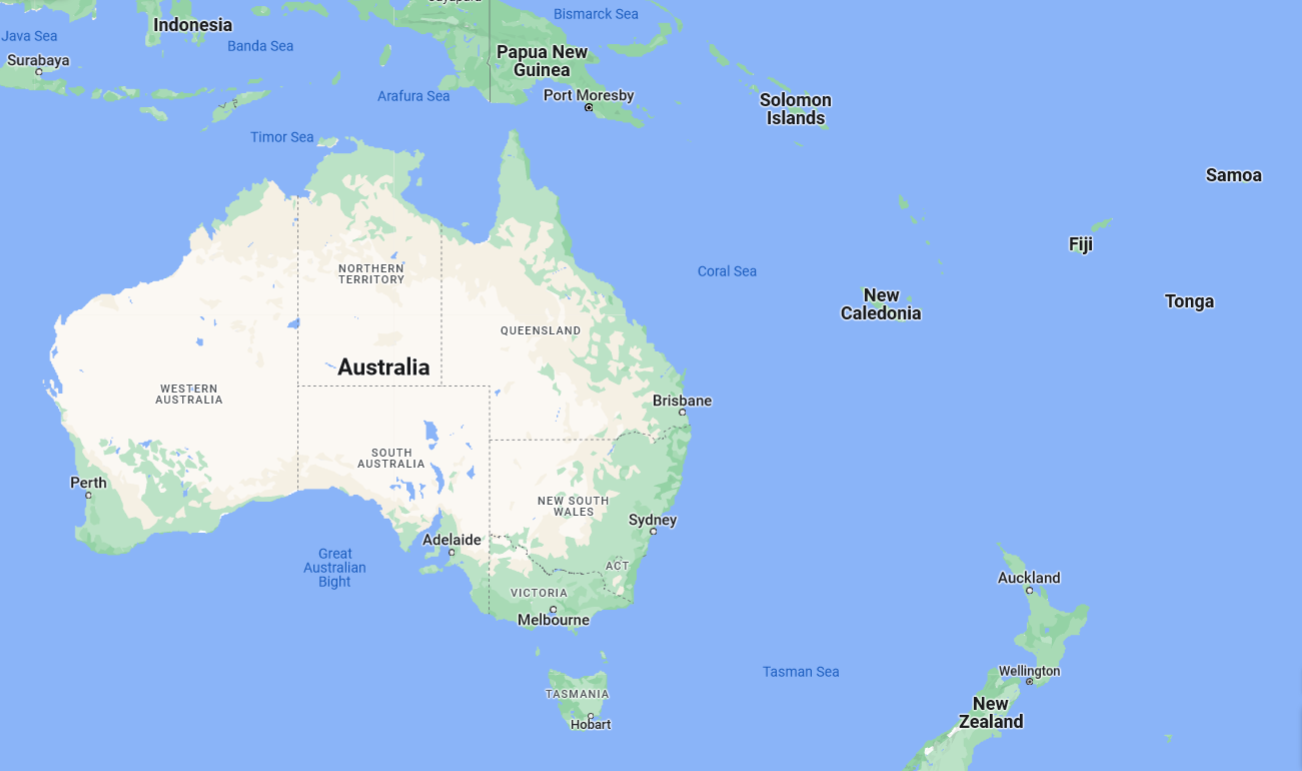
They would spread throughout the region and seafaring peoples such as the Austronesians from the Taiwan area would become even more mobile and widespread. The South Pacific islands for example were among the latest islands to develop indigenous human populations who are believed to have descended from Austronesians.
- Aboriginal and/or Torres Strait Islander Peoples
- Guam (1 subregion)
- Hawaii
- Melanesia
- New Zealand Maori
- Samoa
- Tonga
West Asia
West Asia like the rest of Asia saw human movement out of Africa but it was likely home to some of the earliest African humans to leave their home continent. Based around the once fertile regions of the Levant this would have been an appealing region with an embarrassment of riches for the hunter-gatherers.
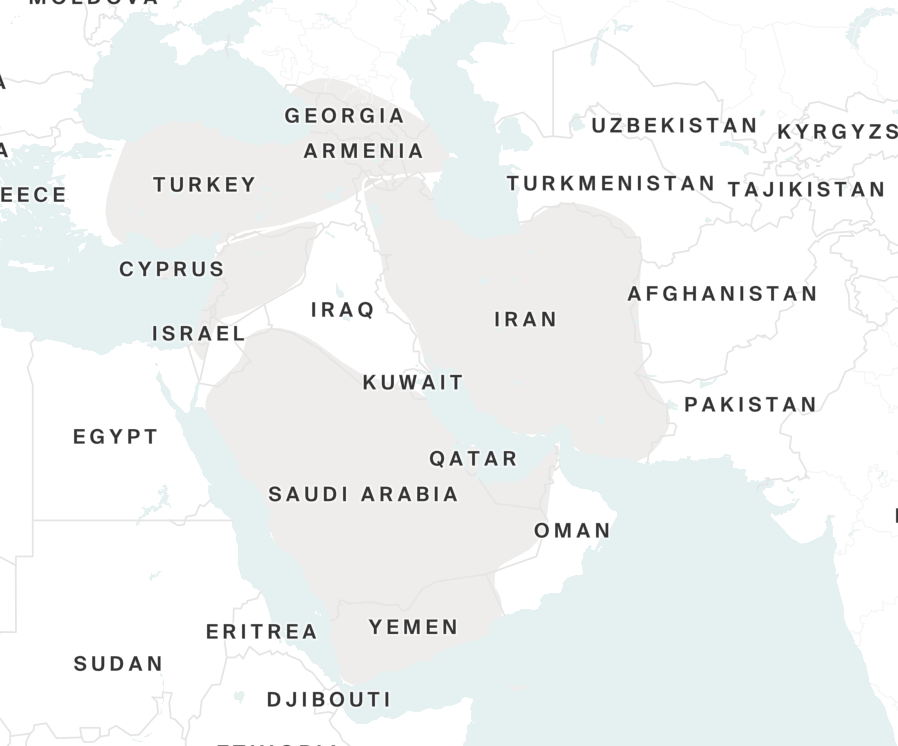
The groups who first inhabited this region are likely to be closely related to those who would later head west into Europe.
- Anatolia & the Caucasus (1 subregion)
- Arabian Peninsula (1 subregion)
- Cyprus (1 subregion)
- Iran/Persia (5 subregions)
- Levant (13 subregions)
Final Thoughts
DNA ethnicity regions are an interesting aspect of the AncestryDNA test results. They give us an insight into the peoples we come from on a global scale. Those who have not moved far from their ancestral home region will likely have basic DNA ethnicity results as the case with myself. Some people however may find a myriad of interesting DNA in their report which may help them make some fascinating family history discoveries.
Link To or Reference This Page
We spent a lot of time downloading, cleaning, merging, and formatting the data that is shown on the site.
If you found the data or information on this page useful in your research, please use the tool below to properly cite or reference Name Census as the source. We appreciate your support!
-
<a href="https://namecensus.com/blog/what-are-dna-regions-on-ancestry/">What are DNA Regions on Ancestry?</a>
-
"What are DNA Regions on Ancestry?". NameCensus.com. Accessed on April 27, 2024. https://namecensus.com/blog/what-are-dna-regions-on-ancestry/.
-
"What are DNA Regions on Ancestry?". NameCensus.com, https://namecensus.com/blog/what-are-dna-regions-on-ancestry/. Accessed 27 April, 2024
-
What are DNA Regions on Ancestry?. NameCensus.com. Retrieved from https://namecensus.com/blog/what-are-dna-regions-on-ancestry/.
